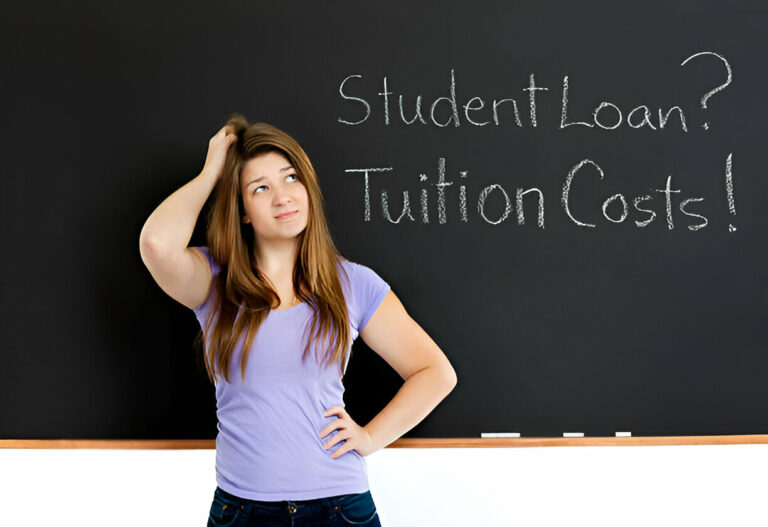Which is better, Public or Private School?
Last Updated on June 4, 2024 by NAMS Editor
When choosing the right educational path for your child, the decision between public and private schools can be overwhelming. Both options have their own advantages and disadvantages, making the decision-making process complex for parents. In this blog post, we’ll delve into the intricate details of both public and private schools, examining key factors that can help you make an informed choice tailored to your child’s needs.
1. Cost and Affordability:
The government funds public schools, which are generally more affordable or even free. Private schools, on the other hand, require tuition fees, which can vary greatly depending on the school’s reputation, location, and facilities. Families with limited budgets find public schools more financially feasible, while those seeking specialized programs or smaller class sizes lean toward private schools.
2. Class Size and Individual Attention:
Private schools tend to have smaller class sizes, enabling teachers to provide more personalized attention to each student. This can foster a more intimate and supportive learning environment. Due to larger class sizes, public schools might have limitations in offering the same level of individualized attention, potentially impacting a student’s academic progress.
3. Curriculum and Academic Excellence:
Private schools often have more flexibility in designing curricula, leading to innovative teaching methods and specialized programs. Public schools, on the other hand, adhere to standardized state curricula, which might limit certain aspects of creativity. However, public schools are held accountable for meeting academic standards and can offer a strong foundation in core subjects.
4. Extracurricular Activities and Special Programs:
Private schools typically offer a good number of extracurricular activities and dedicated programs, such as advanced placement courses, arts programs, and sports teams. Public schools may also provide such opportunities, but the availability can vary depending on the school’s funding and resources.
5. Diversity and Social Exposure:
Public schools often reflect a more diverse student body, offering children exposure to various cultures and backgrounds. This diversity can contribute to a richer learning experience and help students develop essential social skills. Private schools, while not universally lacking diversity, might have a more homogenous student population due to their selectivity and tuition costs.
6. Resources and Facilities:
Private schools usually have more resources and state-of-the-art facilities, as they rely on tuition fees and private donations. This can lead to enhanced learning environments and access to advanced technology. While some may have excellent facilities, public schools can face budget constraints that affect the quality of resources.
7. Teacher Qualifications and Experience:
Both public and private schools can have highly qualified teachers. Private schools attract educators with specialized expertise due to their reputation and resources. Public schools often require teachers to meet state certification requirements, ensuring a certain level of competency.
8. Values and Philosophy:
Private schools often have distinct missions, values, and teaching philosophies that align with specific religious, cultural, or educational beliefs. Parents seeking an education that aligns closely with their values might find private schools more appealing. Public schools aim to provide a neutral and inclusive educational environment for students of diverse backgrounds.
9. Flexibility and Adaptability:
Private schools can be more agile in adapting to changes in teaching methods and curricula due to their autonomy. Public schools may experience more bureaucratic hurdles in implementing new approaches, but they are also subject to educational reforms that can improve overall standards.
10. Parental Involvement and Community Engagement:
Private schools often encourage strong parental involvement and foster a close-knit community among parents, students, and faculty. Public schools can also promote community engagement, but it might vary depending on the school’s initiatives and parental interest.
Conclusion:
In the end, the decision between public and private schools boils down to your child’s unique needs and your family’s values. Public schools offer a diverse environment, free education, and experienced teachers, while private schools provide personalized attention, specialized programs, and enhanced resources. Consider factors like class size, cost, curriculum, and your child’s personality when making your decision.
Remember that there’s no one-size-fits-all answer; what’s most important is that the chosen school aligns with your child’s academic, social, and emotional needs, setting them on a path to success. Both public and private schools have their strengths, so take the time to research and visit schools, speak with educators, and involve your child in the decision-making process. With careful consideration, you can make a choice that will positively shape your child’s educational journey.
Recent Posts
- D2 Schools Near the Beach
- Part-time Medical Jobs for College Students in 2023
- Hardest Dental Schools to Get into
- Law Schools by the Beach in 2023
- 5 Best Out-of-State Friendly Dental Schools in 2023
- Nursing Schools in Texas that Accept HESI
- Best Pre-dental Schools in Texas in 2023
- Best Esthetician Schools Online in 2023






